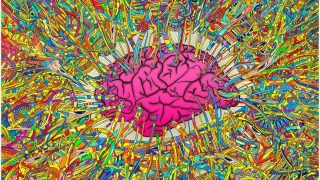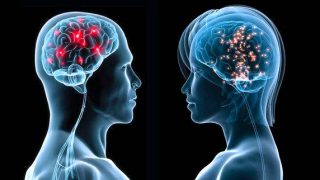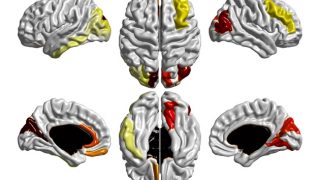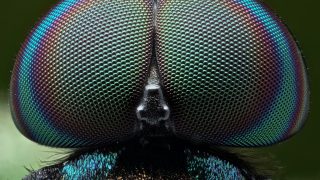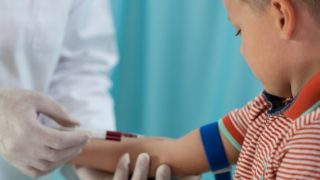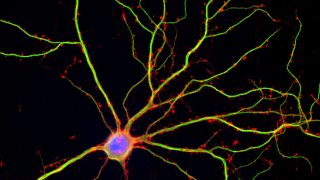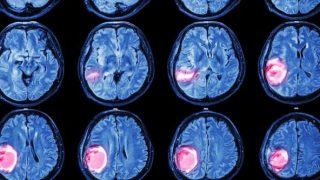
Brain tumours and the lack of molecular editing
When we talk about nucleic acids we generally think of DNA and RNA that code for proteins, and when we talk about brain cells we tend to think of neurons and their nerve impulse transmission. However, it is not news that the functions of both non-coding genetic material and non-transmitting cells in the brain are […]
